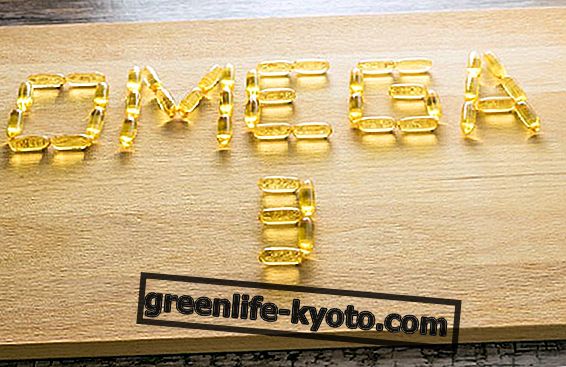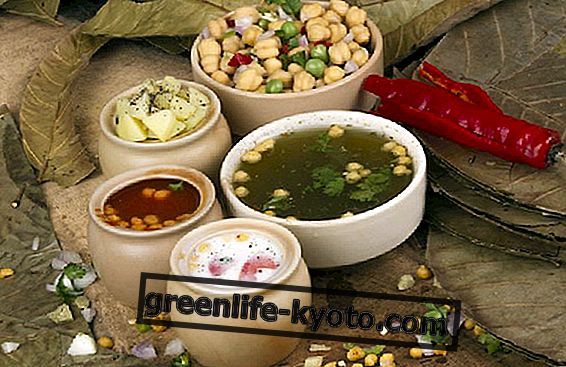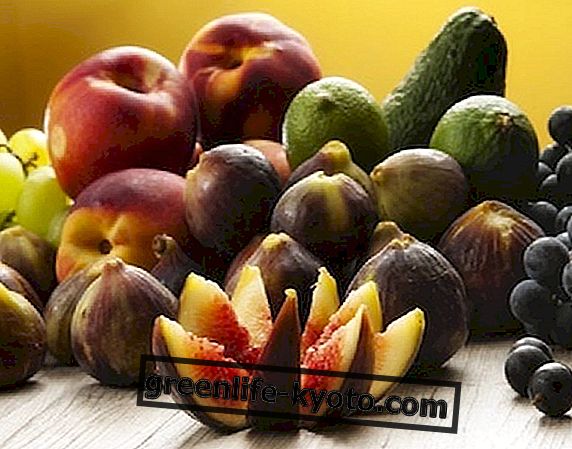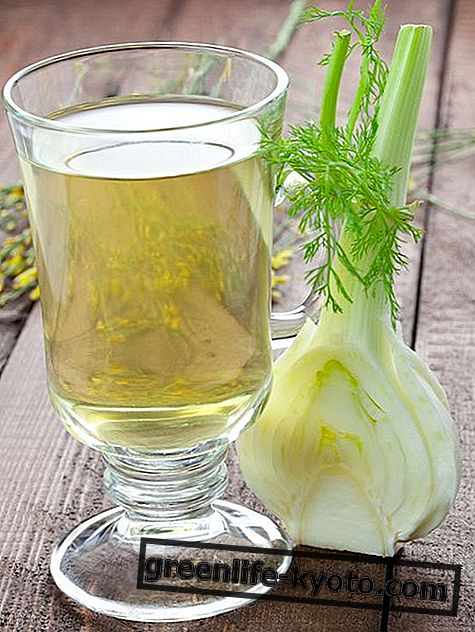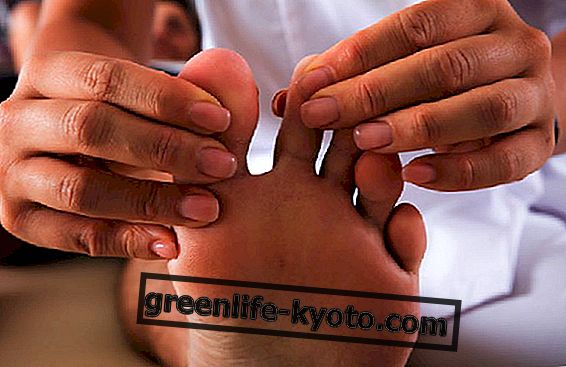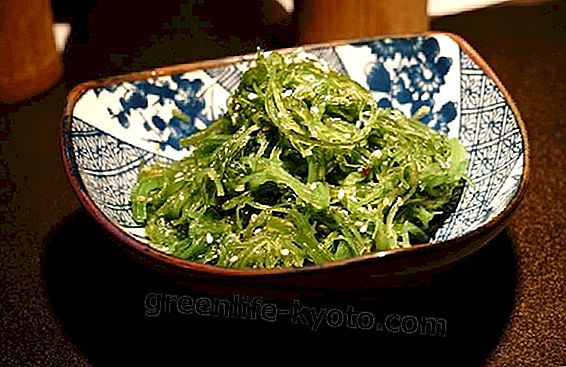
Much used in oriental cuisine, algae are also spreading on our tables.
We discover the properties and benefits of the algae food use.
Algae food use: properties and benefits
Algae are mono and multicellular organisms that live in aquatic environments and in heavily humid areas and that represent interesting health properties.
In fact they have a high percentage of proteins and provide essential amino acids that are important for the protein synthesis of our body.
The intake of proteins makes algae an important food especially for people who have chosen to follow a vegetarian or vegan diet and who may have deficiencies of essential amino acids and in particular sulfur amino acids.
Algae are also a good source of minerals, B vitamins, polyunsaturated fatty acids and antioxidant and immunostimulant substances . Contrary to what many claim, however, algae cannot supply vitamin B12 because they contain a form of the vitamin that is not absorbed by our body.
The fact remains that algae, if introduced into the diet or in the form of supplements, can be of great help for our well-being: in fact, in addition to supplying the important substances we have mentioned, they seem to be useful for lowering the level of cholesterol in the blood, have an anti-inflammatory action and promote the well-being of the gastrointestinal tract .
Furthermore, algae add flavor and taste to even the simplest recipes: let's see then what are the algae that we can introduce into our diet.
Algae, a valid aid for weight loss
Use of seaweed in the kitchen
Algae are represented by numerous species that are classified as phaeophytes (brown algae), odophytes (red algae), chlorophytes (green algae) and also include cyanobacteria (cyanophytes or blue algae).
- The brown algae are particularly rich in iodine and potassium, v groupamine B vitamins and antioxidant, anti-inflammatory and antiviral substances . These algae are widely used for the extraction of alginates and fucans, polysaccharides that are used in the formulation of products for the treatment of symptoms of gastric reflux . Brown algae have a strong and decisive taste; Wakame, Hijiki, Arame and Kombu are widely used in the kitchen. Wakame seaweed is consumed in salads, soups and alone as a side dish; Kombu seaweed is used to prepare broths, and is used to flavor the broth in which the seitan is cooked; Hijiki and Arame algae are used instead to flavor sauces and sautéed vegetables.
- Red algae have a high content of proteins, vitamins, antioxidant pigments, minerals and essential fatty acids. They are mainly used in the cosmetic, food and pharmaceutical industries because agar agar and carrageenan are extracted from these algae, ficocolloids with gelling, emulsifying and thickening properties. Agar agar is used for example to prepare puddings instead of isinglass, an ingredient of animal origin excluded from vegetarian and vegan diets. Among the red algae to be brought to the table we find instead the Dulse seaweed that is consumed in salads and the Nori seaweed, now famous because it is used in the preparation of sushi.
- The green and blue algae are not used in our diet and are used mainly as supplements, to provide the body with vitamins, minerals, proteins and for the stimulating action on the immune system.
Where to find algae for food use
Algae for food can be bought in health food stores ; they are generally sold dried and need to be rehydrated before being used in recipes: if used to flavor dishes, they can be dusted even after being chopped up.
Here are 3 recipes for using seaweed in the kitchen

